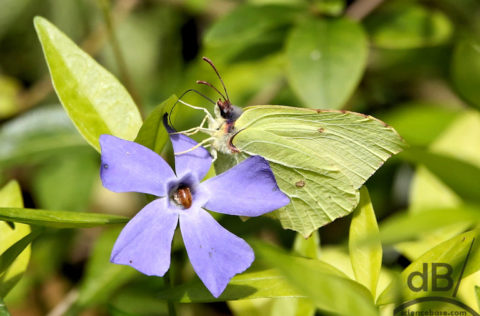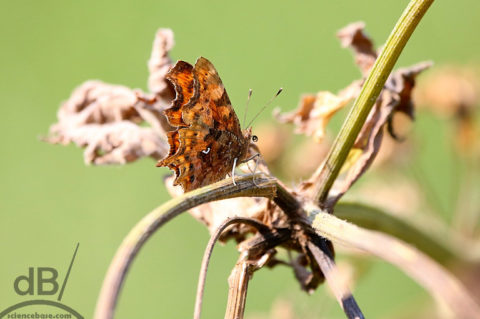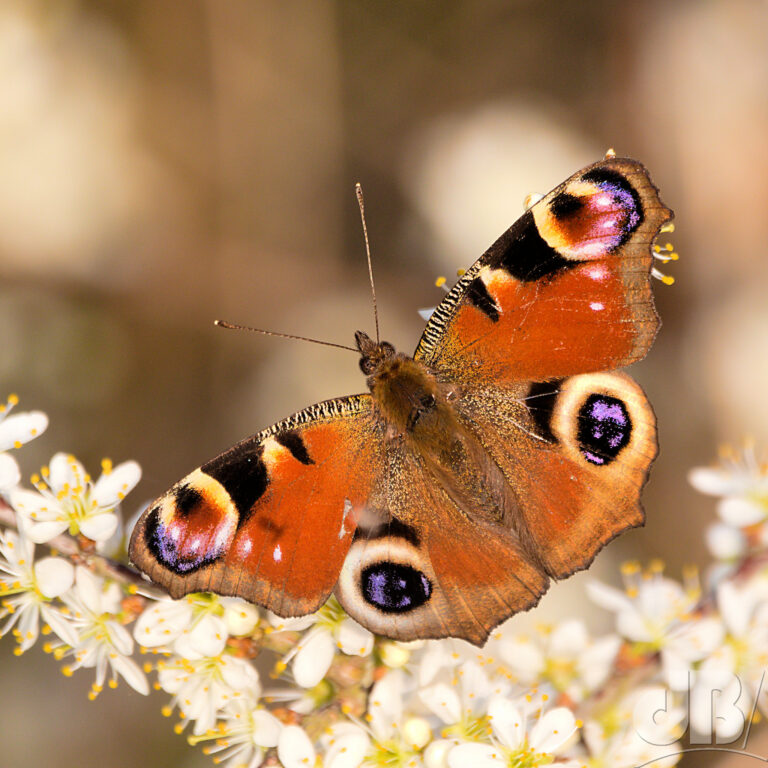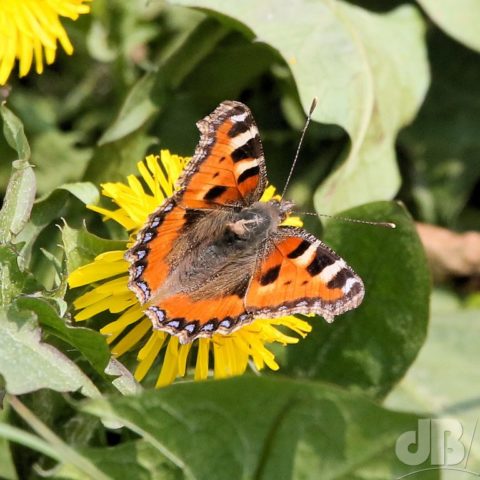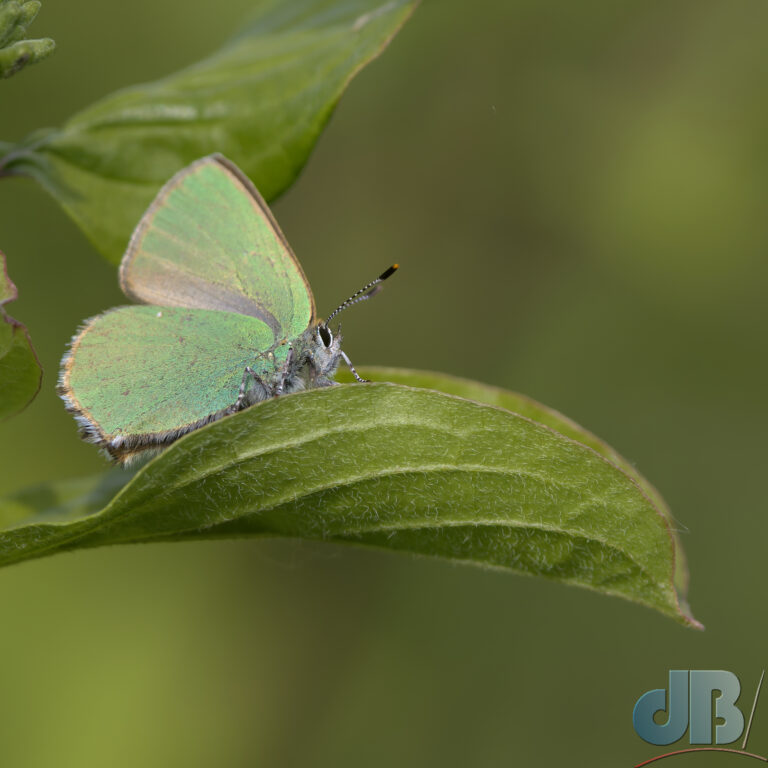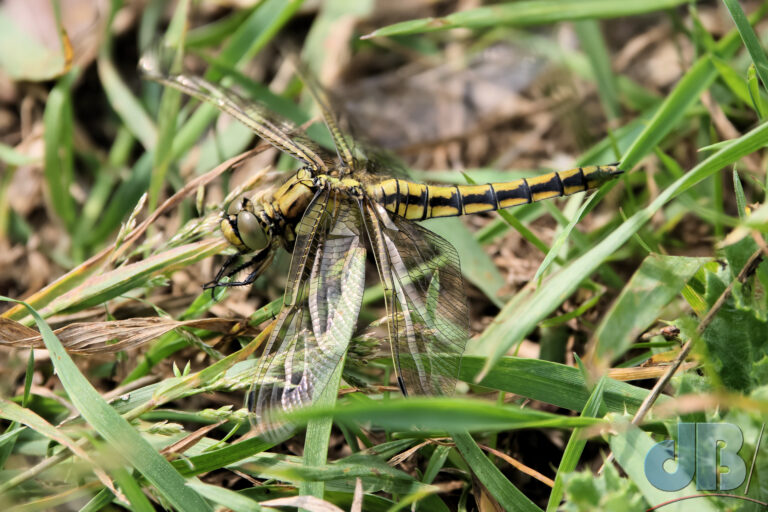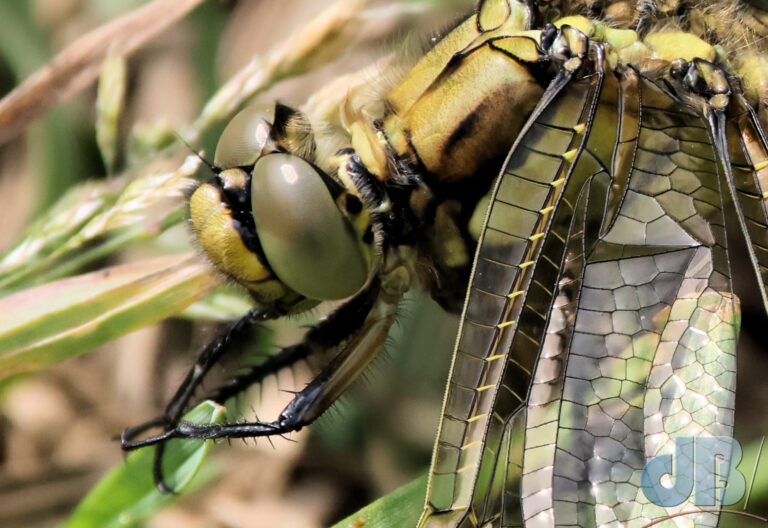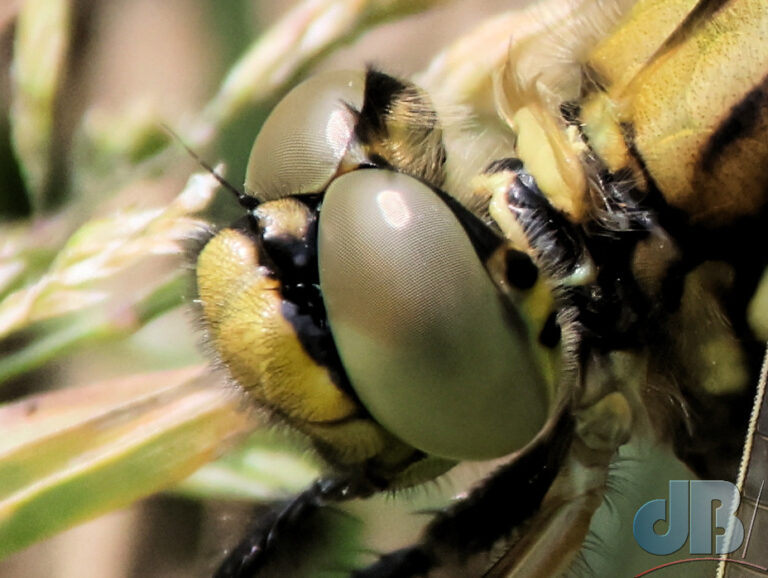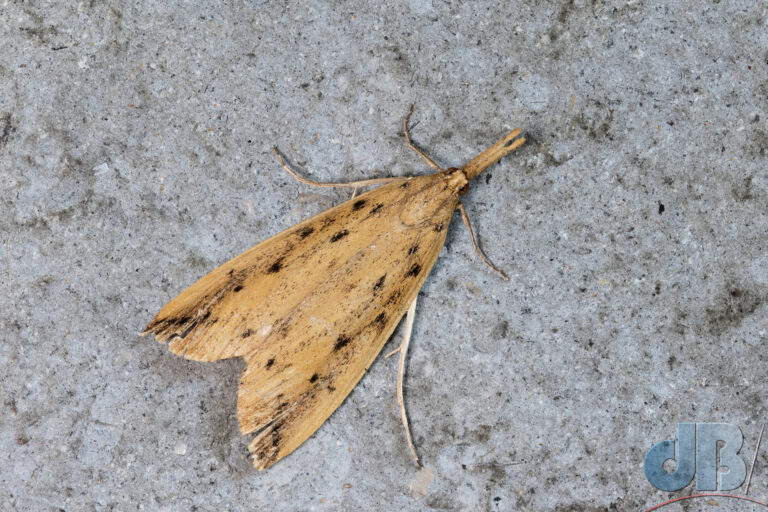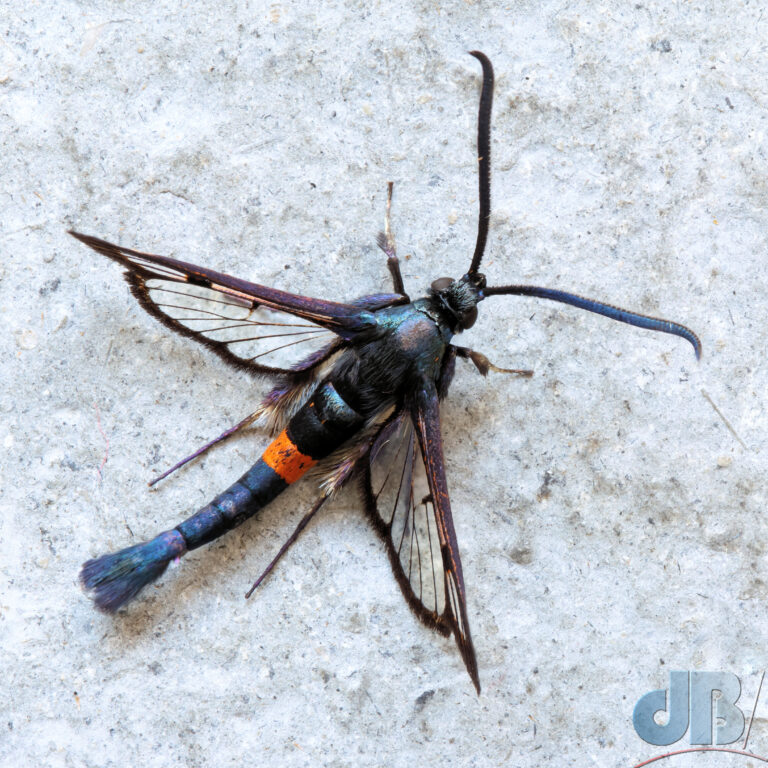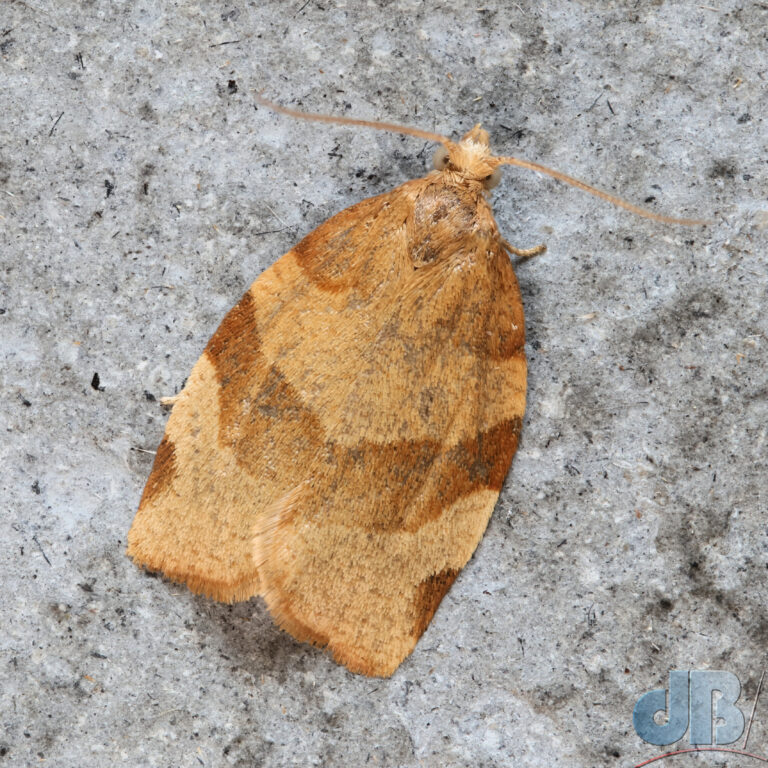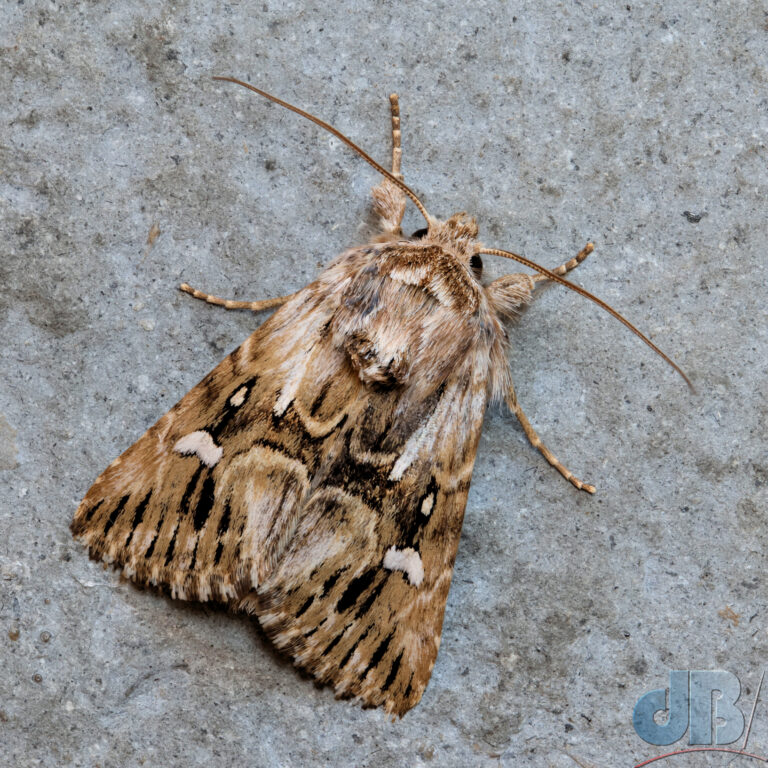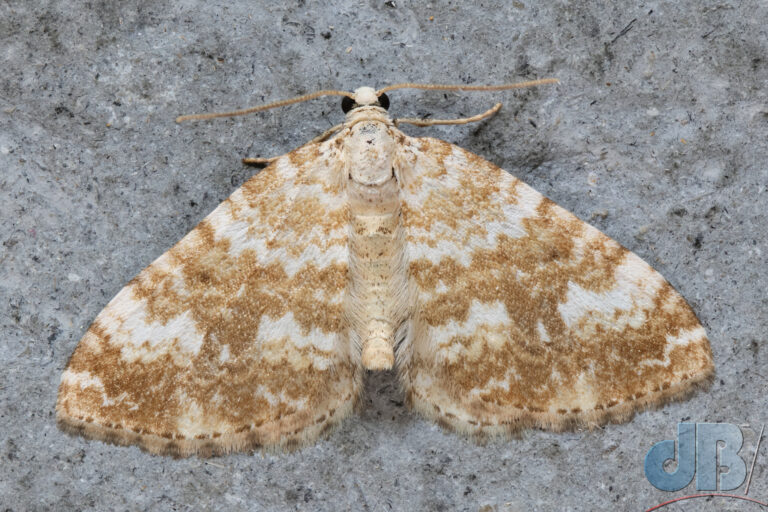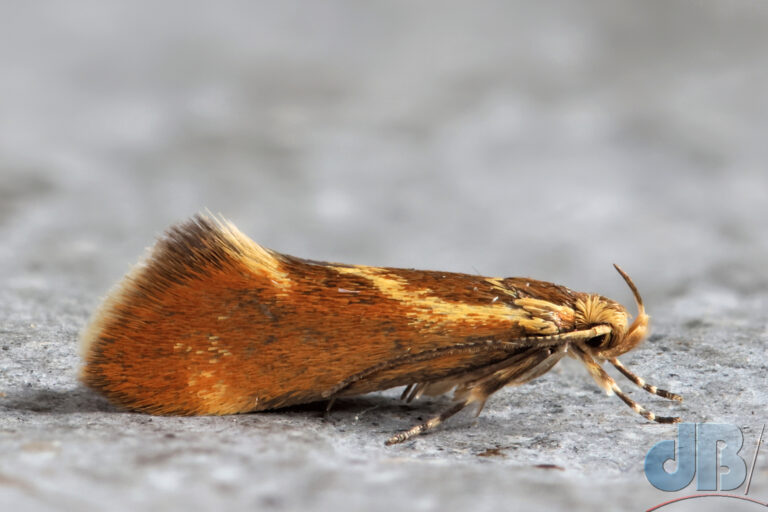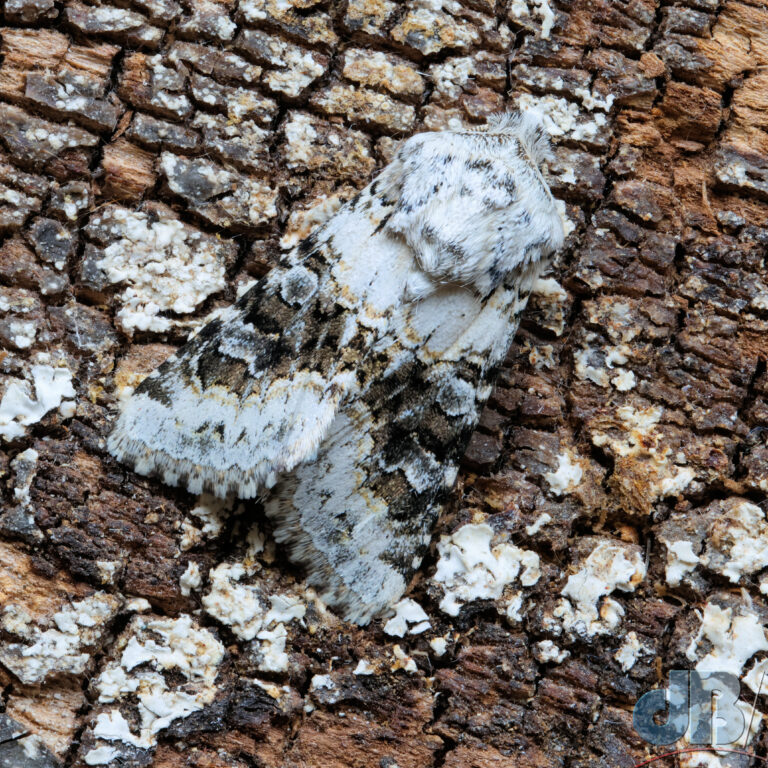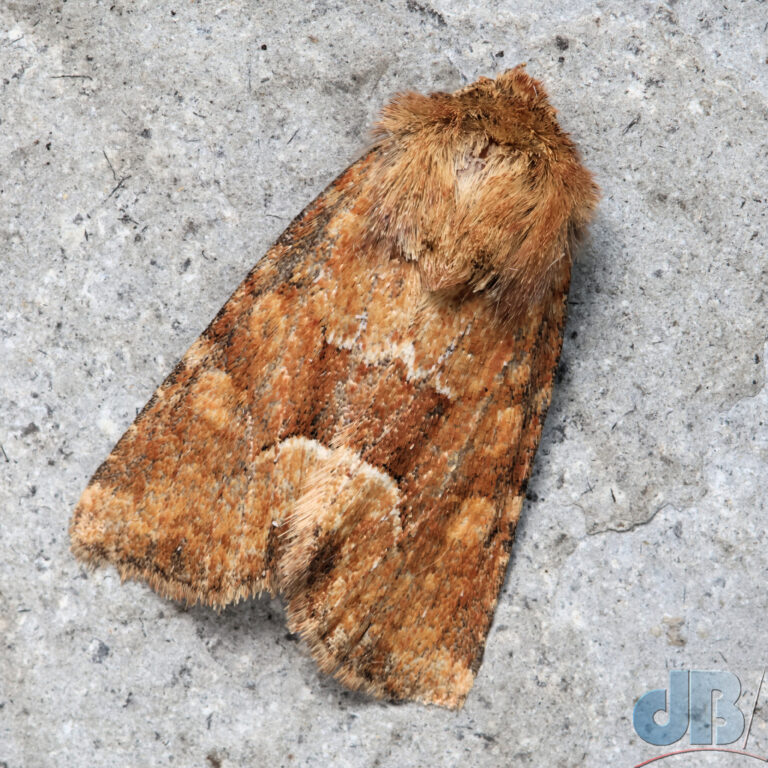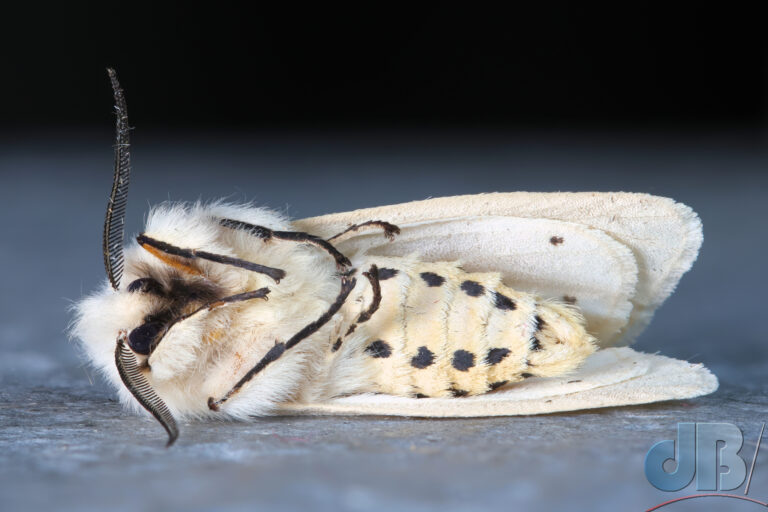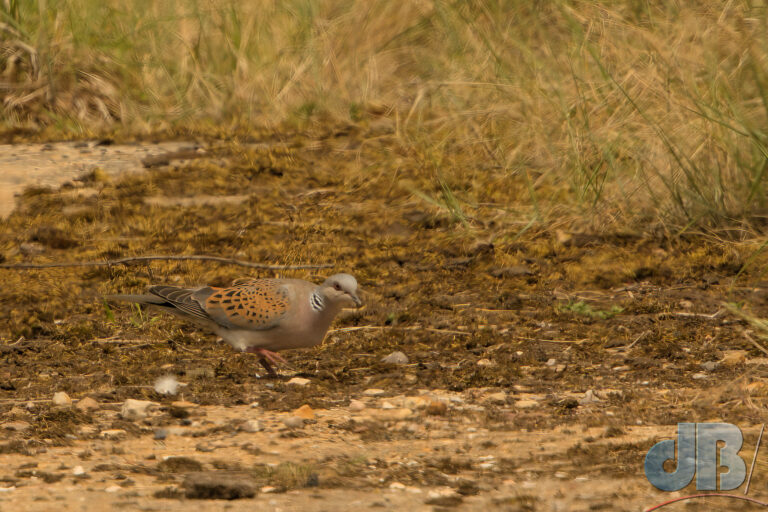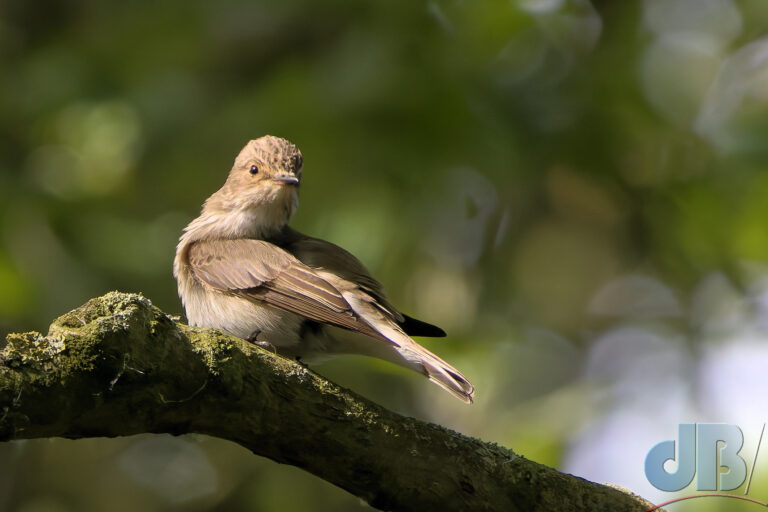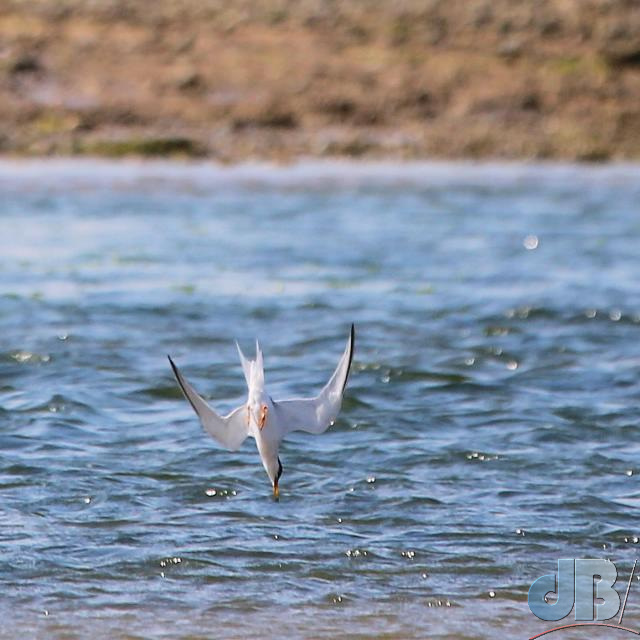Once upon a time, in a silken patch of meadow just beyond Bramble Shoot Wood, there lived a modest little moth called Timothy Tortrix. He was not a particularly dashing sort of moth. His wings were soft and brown, and he had none of the kidney spots and stripes and eyes of other more glamorous moths, none of the glitter nor grandeur of the Burnished Brass, although he did have a gold flush to his head. He made his home among the bent grasses and curled leaves of a sun-warmed nettle bed, and he was, it has to be said, quite content to be overlooked.
Timothy kept most unusual hours, even for a moth. While others danced at dusk, Timothy preferred to wait until proper moonlight, when the air smelled of honeysuckle and the hedgehogs were stirring. He was quiet, thoughtful, and liked to read the wind like others read tea leaves.
One summer evening, as the meadow filled with the sounds of crickets and the scent of sweet-cicely, a cluster of young moths gathered near the old stone cottage by the lane.
Among them was the elegant Miss Albinia Floss, a most splendid White Ermine Moth, clad in white, with spots as black as peppercorns. She fluttered her wings with much self-importance and spoke rather loudly of a grand adventure.
“Tonight,” she trilled, “we fly to the candlelight!”
There was a general frassy fluttering and fuss. All the moths had heard of Mrs. Lintel’s window, where a warm yellow glow spilled out on to the night like treacle. The candle inside flickered and trembled, and it was said to pull moths as surely as strawberry jam, and indeed, treacle, draws wasps.
Timothy, who was resting beneath a curled dock leaf, listened closely.
“They say it’s dangerous,” said a timid Barred Straw.
“Oh pish,” said Miss Floss, “only for the clumsy!”
Timothy had never dared to approach the cottage. He had heard stories—whispered among cobwebs and spiderlings, of moths who had flown too close and scorched their wings, or worse, vanished altogether.
Just then, there was a leathery flutter and a chuckling voice overhead.
“Ah, candlelight, is it?” said Barnaby Bat, swooping down from the darkness with a flap and a grin. He hung from a low branch, watching the moths with dark, beady eyes. “A lovely thing, light. Bright. Bold. Tempting…”
Timothy had never quite trusted Barnaby. He was always too cheerful by half, and he never quite blinked. And, there was that sound…
“Go on,” said Barnaby silkily. “Spread your wings! A little light never hurt anyone.”
But from the brambles behind the cottage, a voice grumbled, “Nonsense and nonsense!”
It was Mr. Brambleback, a snuffly old hedgehog with a taste for goosegrass tea, juicy earthworms, and more than a standard dose of common sense.
“Moths have no business at windows,” he muttered, peering over his spectacles. “Candlelight draws more than wings, it draws trouble.”
The moths did not listen. They seldom did. But Timothy hesitated.
That night, when the moon was high and the owls were abroad, Timothy hovered on the edge of the orchard path. He could see the golden light from Mrs. Lintel’s cottage, flickering like a promise. Moths were already flitting about the open pane, tiny shadows against the dancing curtain.
He flew, slowly, shyly, towards it.
But so did Barnaby, higher, darker, circling like a dark cloud above them.
Miss Floss twirled too close to the flame. Her white wings caught the heat, and with a sharp hiss she tumbled backwards, trailing the scent of singed silk.
“Oh dear!” she gasped, spiralling toward the herb pots.
Timothy, though frightened, darted after her. He flew too close, far too close, and felt a flare of heat brush his left forewing. It curled slightly, but he did not stop. He reached Miss Floss just as she landed, trembling, on the rim of a thyme pot.
He tugged her gently under the trailing marjoram.
“Shh!” he whispered. “Stay still.”
Above, Barnaby circled again, slower now, echoing the air.
“There’s a sound of supper,” the bat murmured to himself.
Timothy held his breath. He did not move. Not until the flapping passed on and the shadows thinned.
Timothy nibbled a drop of dew from a nasturtium leaf and coaxed it gently on to Miss Floss’s wing. He chewed a bit of mint and pressed it like a poultice.
“You’ll be alright,” he said softly. “Just a little scorch.”
Miss Floss blinked at him with damp eyes. “You came back for me,” she whispered. “You’re not very grand, but you’re very good.”
Timothy did not reply. He simply folded his wings and waited until the night grew quiet again.
By the time dawn crept over the meadow, Timothy and Miss Floss had returned to the hedgerow, their wings tattered but their hearts full.
Mr. Brambleback gave a huff and muttered something about “young fools and false lights,” but he wrapped Miss Floss’s wing in a comfrey bandage all the same.
As for Barnaby Bat, he was not seen for several nights—though an owl was heard to remark that he had gone north, looking for livelier prey.
And Timothy?
He did not fly so high any more, but he became something of a storyteller.
On still nights, when the moon was sharp and silver and the wind hummed like harp-strings, the moths would gather by Mr. Brambleback’s lantern to hear Timothy tell the tale of the Candlelight and the Rescue.
He never spoke of his singed wing. He only said:
“Some lights shine too brightly to last. But there are other lights, quiet lights, that glow just as warm.”
And the moths nodded, and fluttered their wings.
Fly not too fast towards a flame,
Though golden glows may call your name.
The brightest light may burn the wing,
And science end your fluttering
The stars are slow and softly spun,
They do not scorch, they do not run.
So let the wind and moon be your guide,
And keep to hedgerows, safe and wide.
For brave is not the boldest flight,
But choosing truth instead of the bright.
And those who glow with quiet grace,
Will always find a safer place
